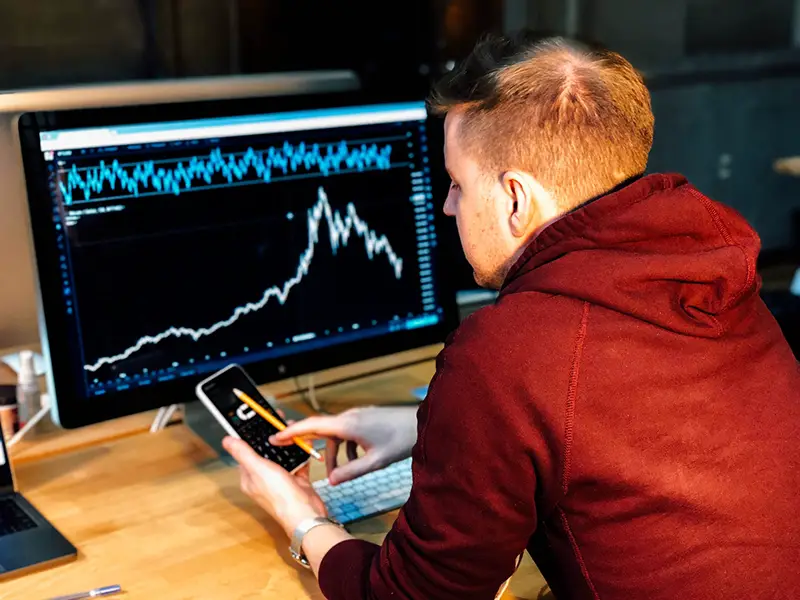Click here to get this post in PDF
There’s no doubt that the global forex market has grown immensely during the last seven years or so, with its daily trading volumes soaring from $5.1 trillion to a staggering $6.6 trillion during this time.
Technological advancement has driven this trend, both in terms of making the market more accessible to novice traders and utilising automation to drive more successful, real-time decision making.
But what impact is artificial intelligence (AI) having on automated trading tools, and how will it shape the marketplace of tomorrow.
Automation and the Existing Forex Market
In previous generations, the forex market was largely exclusive to institutional clients and experienced retail investors with huge financial resources.
Even these entities faced challenges due to the fast-paced and volatile nature of the market, however, it became increasingly difficult to process vast datasets and real-time changes in a way that was conducive to effective decision making.
During the digital age, however, we’ve seen the introduction of automation as a way of automatically collating and analysing data for the benefit of traders. This is best evident through the emergence of online trading platforms, which utilise automation to gather information, provide analytical insights and enable traders to minimise their risk.
The typical approach here is to use standard forex trading algorithms and robot traders to leverage data and build effective strategies, with the popular MetaTrader 4 app featuring the latter in the form of so-called “expert advisors”.
The scope of automation has also continued to increase in the marketplace over time, with ‘stop losses’ offering a relevant case in point.
This refers to an automated risk management tool that automatically closes positions once they’ve incurred a predetermined level of loss, enabling traders to cap potential losses and negate the innate risk posed by inflated leverage within the forex market.
How is AI Changing the Landscape?
With these points in mind, the introduction of AI has inspired a period of evolution rather than revolution, with subsequent solutions making it easier to analyse larger volumes of data in real-time.
Similarly, AI has broadened the range of sites from which information can be drawn, including unstructured sources such as social media. By successfully gathering, organising and analysing this data, AI-led sites can simultaneously make it easier to execute orders and reduce the risk of failure.
At the heart of this AI’s growth is the concepts of predictive analytics and machine learning, which can more accurately predict market movements and help traders to more effectively time and position their trades.
This helps to improve the decision making of investors in a fast-paced environment, with this trend likely to gather further momentum as the underlying technology improves.
In this respect, there’s no doubt that AI will continue to enhance the automated technology already deployed by online trading platforms, with this capable of impacting positively on every stage of the currency investor’s journey.
You may also like: Technology and its Influence on Bitcoin
Image source: Unsplash.com

